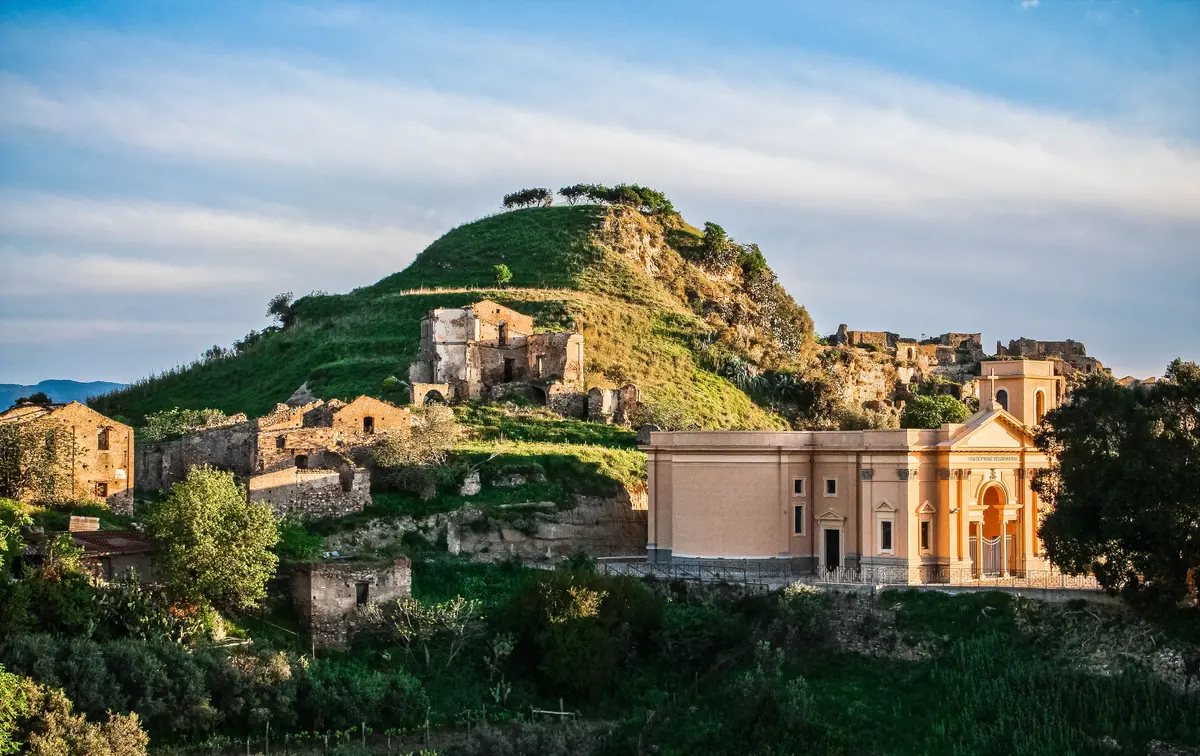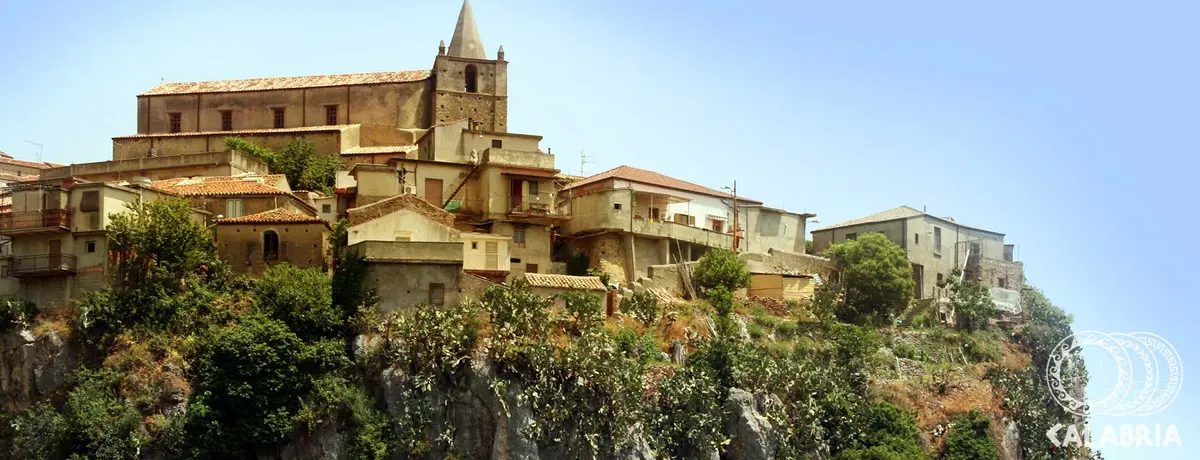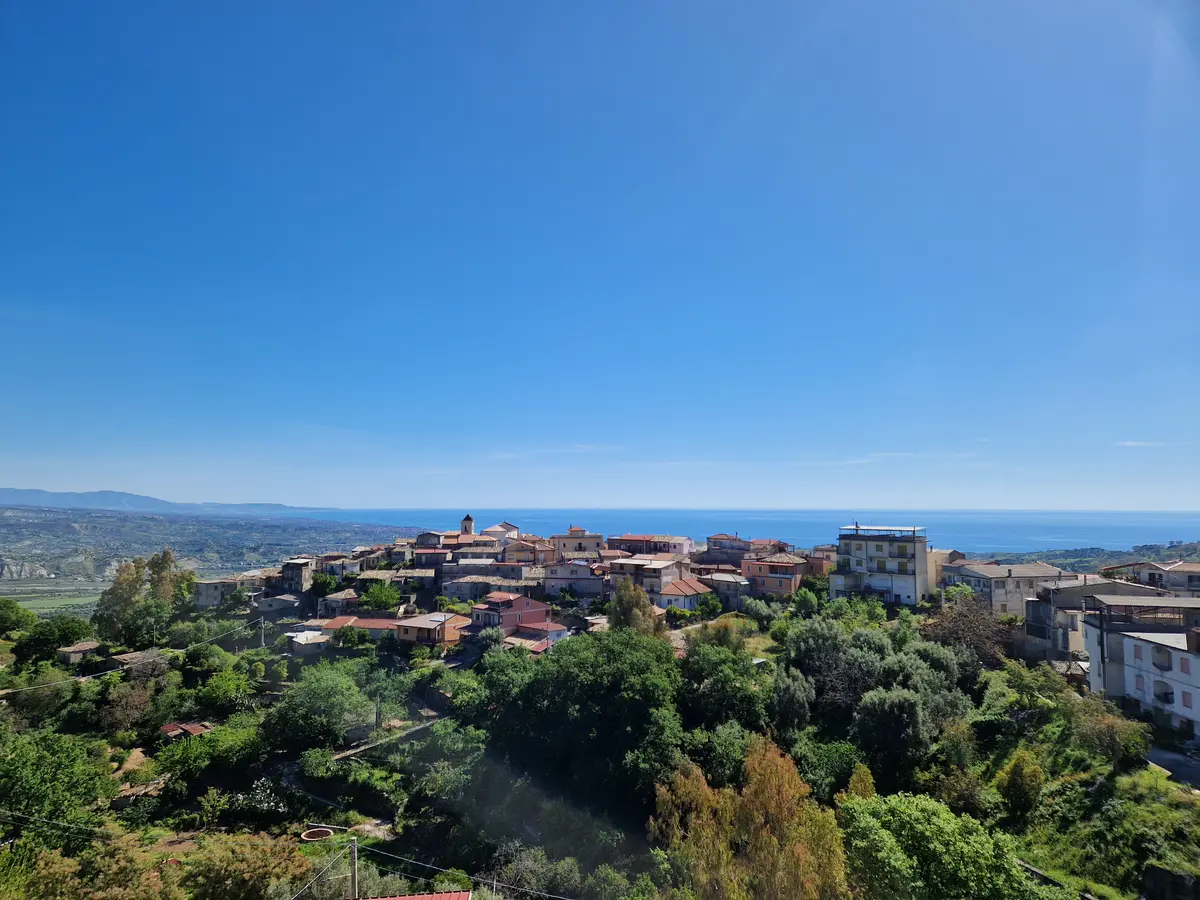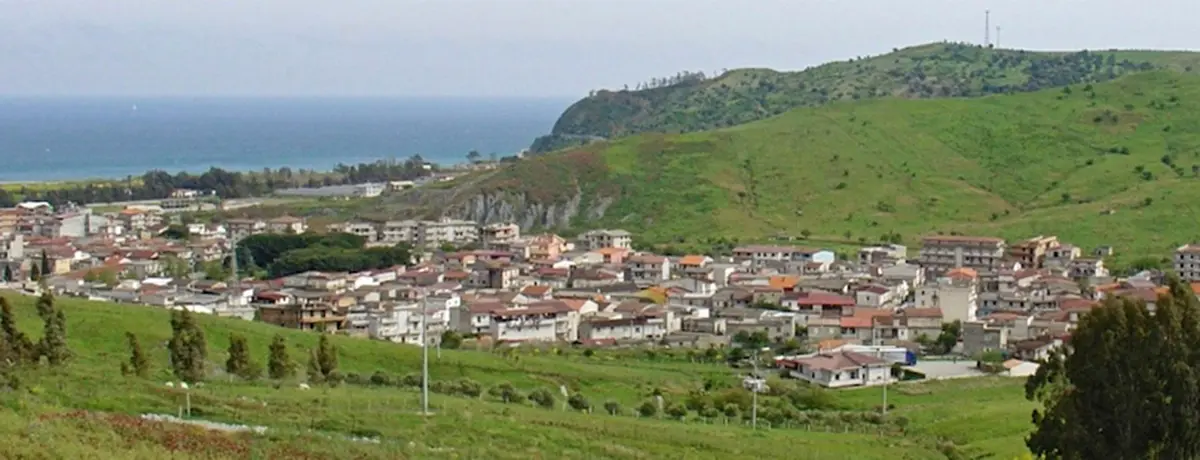Brancaleone
Brancaleone, the town of sea turtles and Cesare Pavese's exile

Sea
Brancaleone - Regione Calabria
Brancaleone Marina and Brancaleone Vetus, along the Costa dei Gelsomini in the province of Reggio Calabria, represent the two faces of the place where Strega Prize-winning writer Cesare Pavese was exiled. Pavese's story in Brancaleone is a piece of Calabrian history waiting to be discovered.
Not only a Literary Park, Brancaleone is also a precious ecosystem for the protection and reproduction of Caretta Caretta turtles, which have their natural habitat here on the ‘’Turtle Beach‘’ and one of the most important recovery centres in the Mediterranean.
Among the ‘’literary places‘’ in Calabria, the town of Brancaleone has left its mark on the geographical landscape of Italian literature more than any other. It was here, in fact, that the writer Cesare Pavese (Strega Prize in 1950 for his novel La bella estate) served his sentence in confinement, accused of anti-fascism. Pavese in Brancaleone is still present today thanks to those who have preserved the fascinating ‘’Cesare Pavese‘’ House-Museum, which can be visited on request, as if the bed, the desk, the books sent to him by his sister and the carbide lamp were waiting for his pages.
The historical centre of Brancaleone Superiore is linked to the ruins of the ancient Brancaleone Vetus (or Sperlinga), today the Urban Archaeological Park, due to the ancient rock dwellings that characterise this area overlooking the sea: small ‘’cave-churches‘’ that preserve inside them sacred engravings of Armenian origin and housings for niches and altars, a legacy of Greek-oriental monasticism in this part of Calabria. It is a real ‘’ghost town‘’, with the ancient Mother Church of Our Lady of Sorrows, of which only the floor remains, and the Archpriest's Church of the Annunziata, built in the 17th century on the remains of the Capuchin Monastery.
In Brancaleone Marina, Caretta Caretta turtles are welcome! They nest here every year and are cared for by the Sea Turtle Recovery Centre, one of the most important in the Mediterranean, which deals with the rescue, care and rehabilitation of specimens found in difficulty due to human activities. In this ecosystem, the clean sea is protected by the Capo Spartivento Lighthouse and the Mediterranean maquis that surrounds it, where vineyards, olive groves and even the prized Bergamot of Calabria, one of the excellences of Calabrian agri-foodstuffs, are cultivated.
Useful information
What to know about Brancaleone
Where to Sleep
There are 7 available accommodations.
Places
There are 2 places to visit.
Travel Ideas
There are 7 travel ideas.
Infopoint Brancaleone
Via Regina Margherita, Brancaleone
No result








